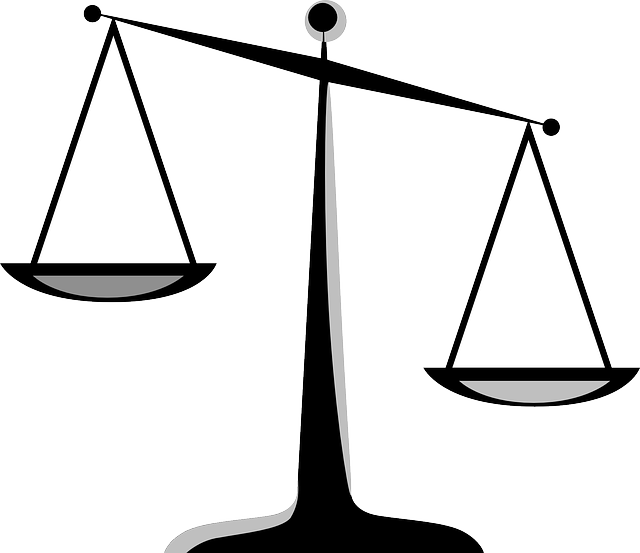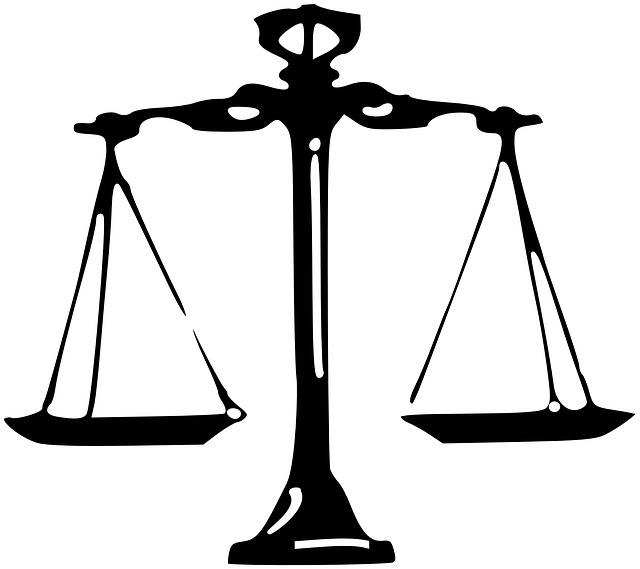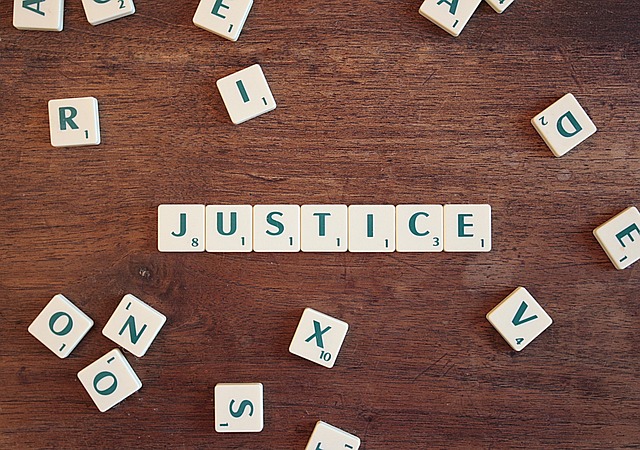The Consumer Fraud Class Action Lawsuit Process offers a collective response to widespread deceptive practices, empowering consumers to seek justice and substantial financial redress. Affected individuals or groups form a class, with legal representation, to sue perpetrators of white-collar crimes. This process starts with filing a complaint, court review, and notice to potential class members. Key stakeholders, including plaintiffs, legal representatives, defense lawyers, and a judge, collaborate to navigate complex procedures. Strategically gathering evidence and building a compelling case are crucial for achieving significant outcomes, including monetary compensation and business practice changes to prevent future frauds.
“Uncover the intricate world of litigation with our comprehensive guide on various types, focusing on Consumer Fraud Class Action Lawsuits. This article breaks down complex legal processes into digestible sections. From understanding the fundamentals of consumer fraud to exploring the collective power of class action lawsuits, we provide insights for every step. Learn about the guiding principles behind these cases, meet the key stakeholders involved, and discover potential strategies and outcomes. By delving into this Consumer Fraud Class Action Lawsuit Process, readers gain valuable knowledge on seeking justice.”
- Understanding Consumer Fraud: Unveiling the Basics
- Class Action Lawsuit: A Collective Approach to Justice
- The Process Unfolded: Step-by-Step Guide
- Key Players in the Litigation Process
- Strategies and Outcomes: What to Expect
Understanding Consumer Fraud: Unveiling the Basics

Consumer Fraud refers to deceptive practices by businesses or individuals aimed at gaining an unfair advantage over consumers. It’s a complex issue that can involve various forms, from misrepresenting product qualities to concealment of crucial information. When multiple consumers are affected, a Consumer Fraud Class Action Lawsuit Process can be initiated, where a group of consumers band together to sue the perpetrator. This collective approach is powerful as it allows for more significant financial recoveries and serves as a strong deterrent in high-stakes cases.
Understanding the basics of consumer fraud is essential, especially given its impact on everyday lives. These cases often involve intricate legal strategies and can have far-reaching consequences for businesses and philanthropic and political communities alike. Whether through misleading advertising or false promises, consumer fraud can lead to significant financial losses and erosion of public trust. Therefore, a thorough investigation and swift legal action are crucial to protect individual rights and maintain the integrity of the market.
Class Action Lawsuit: A Collective Approach to Justice

A Consumer Fraud Class Action Lawsuit is a powerful tool for achieving justice on a larger scale. Unlike individual lawsuits that may only compensate a few victims, this collective approach allows numerous people who have suffered similar harm to join forces and seek redress together. This method not only amplifies the potential financial recovery but also sends a strong message to wrongdoers, demonstrating that white-collar and economic crimes will not be tolerated.
The process begins when consumers or businesses identify patterns of fraud or deceptive practices targeting them. They then band together as a class, with legal representation, to file a lawsuit against the alleged perpetrators. This collective action ensures that the burden of litigation is shared, resources are optimized, and the case can navigate complex legal landscapes more effectively. An unprecedented track record of success has been achieved through this process, with settlements often exceeding expectations and setting new standards in white-collar defense.
The Process Unfolded: Step-by-Step Guide

The process of a Consumer Fraud Class Action Lawsuit is an intricate journey designed to bring justice to affected consumers. It begins when individuals or groups with shared experiences of being defrauded by a respective business come together to form a class. This collective action is a powerful tool against white collar and economic crimes, which often involve sophisticated schemes and complex legal landscapes.
Next, a lead plaintiff or group of plaintiffs files a complaint, outlining the alleged fraud and its impact. The court reviews this document, ensuring it has merit and meets the requirements for a class-action suit. Once certified, a notice is sent to all potential class members, informing them of their rights and the lawsuit’s progress. Throughout this process, experienced legal counsel guides plaintiffs, ensuring an unprecedented track record of success in recovering damages for victims of consumer fraud.
Key Players in the Litigation Process

In any Consumer Fraud Class Action Lawsuit Process, several key players come together to ensure a fair and just outcome. At the forefront are plaintiffs—individuals or groups who have suffered losses due to alleged consumer fraud. They initiate the process by filing a complaint, outlining the specific violations they believe have occurred. Next, prominent legal representatives step in, specializing in class-action litigation and equipped with an unprecedented track record of successful cases. These attorneys play a pivotal role in guiding plaintiffs through complex legal procedures.
The defense, typically comprising general criminal defense lawyers, is also integral to the process. They represent the respective businesses accused of fraud, presenting their arguments and evidence to counter the plaintiffs’ claims. The judge presides over the case, ensuring fairness by interpreting the law and making critical decisions throughout the litigation. This intricate web of participants is essential to resolving Consumer Fraud Class Action Lawsuits, where the goal is to provide justice for affected consumers while also upholding the integrity of business practices.
Strategies and Outcomes: What to Expect

When facing a Consumer Fraud Class Action Lawsuit, understanding potential strategies and outcomes is crucial. The process often begins with gathering evidence and identifying individuals or entities involved in fraudulent activities that have harmed consumers. This may include financial records, contracts, and any communications related to the fraud. Once gathered, legal experts analyze these materials to build a solid case, focusing on demonstrating patterns of deceptive practices.
Through this methodical approach, plaintiffs’ attorneys aim to achieve extraordinary results for their clients. These can range from financial compensation for economic losses suffered by consumers to changes in business practices designed to prevent future frauds. In some cases, jury trials may be involved, where a group of citizens deliberates and decides on the outcome based on presented evidence. This democratic process ensures transparency and accountability, addressing not only individual claims but also fostering trust within the philanthropic and political communities.
Understanding consumer fraud and navigating through the complex landscape of a class action lawsuit is an empowering step towards justice. By familiarizing yourself with the process, from unveiling basic concepts to recognizing key players and anticipating outcomes, you gain valuable knowledge. This article has provided an insightful guide, emphasizing the significance of collective action in addressing consumer rights violations. Remember that every step in the litigation process, from initial understanding to final outcomes, is crucial in holding perpetrators accountable and ensuring justice for affected consumers.






